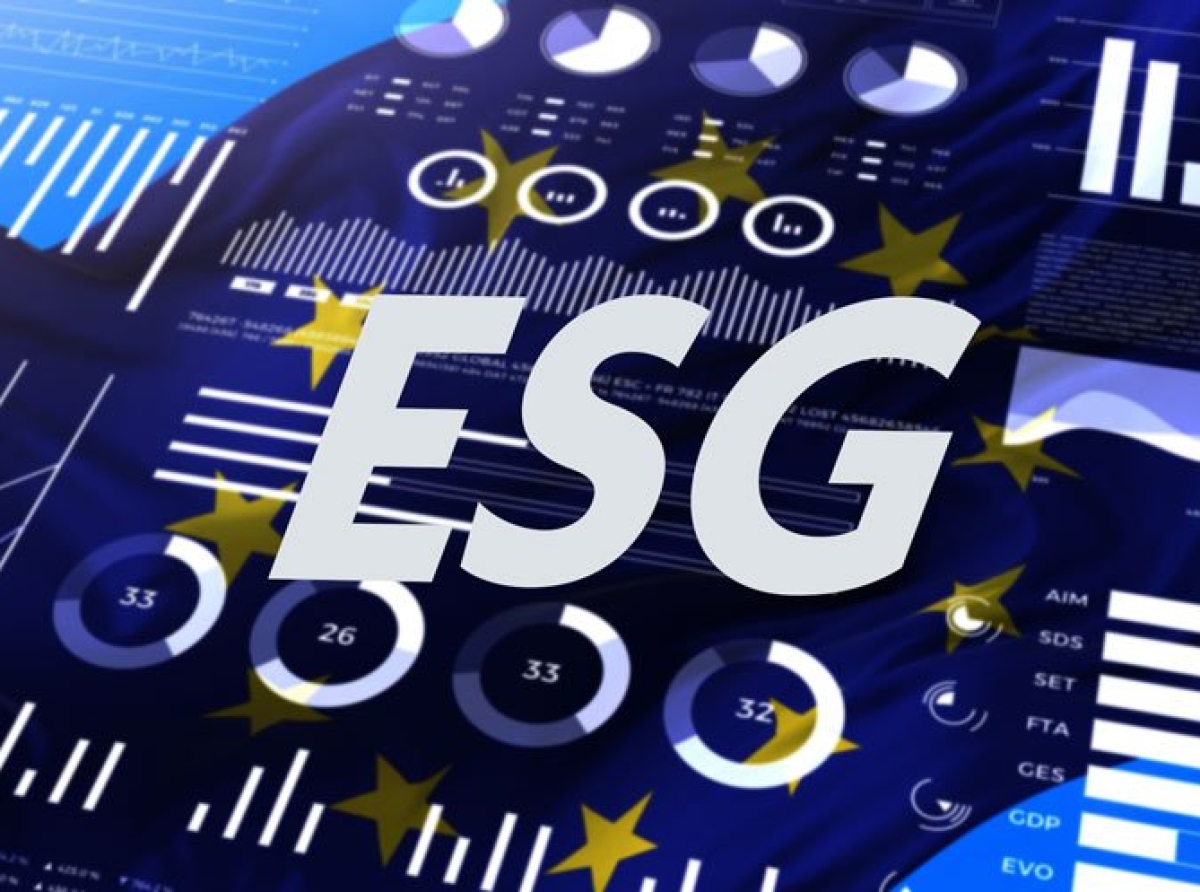06 July 2023, Mumbai
The European Union's implementation of new ESG laws necessitates that apparel brands disclose extensive information about their supply chains, including supplier names, working conditions, and environmental impact.
New ESG Laws Drive Supply Chain Transparency
Failure to comply with these laws carries significant penalties, making it crucial for brands to ensure ethical sourcing and manufacturing. This requires full visibility into operations, which can also confer a competitive advantage.
However, the textile supply chain is intricate, involving multiple players in sourcing, manufacturing, and distribution. This often leads to information silos, hindering executives' ability to respond swiftly to disruptions. The pandemic has underscored the importance of supply chain visibility, as even minor disruptions can have far-reaching consequences.
Brands that recognize the significance of visibility at every stage of the supply chain can enhance agility, and resilience, and avoid major ESG violations.
The Triple-A Supply Chain: Agility, Adaptability, and Alignment in a Globalized World
In today's supply chain landscape, achieving optimal performance goes beyond mere speed and cost-efficiency. The most successful supply chains embody the principles of agility, adaptability, and alignment.
This concept, known as the triple-A supply chain, has received significant attention in both academic and trade literature and has been widely integrated into various supply chain management curricula.
Global village
As the world becomes increasingly globalized and interconnected, supply chains have grown more complex and interdependent. This heightened complexity has made it challenging to maintain the necessary visibility required for effective management.
As a result, leaders worldwide have had to adapt their managerial approaches to cope with these changes and ensure their supply chains remain efficient and resilient.
Growing ESG concerns
Moreover, the interconnectedness of diverse stakeholders in the supply chain has given rise to unforeseen environmental and social concerns. Navigating these relationships and their potential impact on the supply chain has become a crucial aspect of modern supply chain management.
In this context, Professor Lee's emphasis on the triple-A supply chain remains highly relevant and significant.
To ensure ethical sourcing and avoid penalties
Improved supply chain visibility not only helps prevent ESG violations but also offers significant benefits for apparel brands. It enables informed decisions regarding inventory management, product development, and logistics.
To address the challenge of limited visibility, technology solutions such as production tracking software and digital quality management and inspection tools are available.
Brands can utilize these solutions to closely monitor global suppliers, maintain constant communication, establish safeguards and approvals, and receive timely updates on all activities. Technology solutions offer solutions to help achieve.
Benefits of Agile Methodology
Achieving agility and resilience in supply chains relies heavily on having visibility. Resilient supply chains demonstrate the required agility and responsiveness to effectively sense, predict, and respond to changes, especially during turbulent times.
Within these resilient supply chains, incorporating an agile methodology into distribution or wholesale operations yields numerous advantages.
Enhanced Supply Chain Visibility
By establishing enhanced visibility throughout the entire supply chain, organizations can anticipate and proactively address potential disruptions before they escalate into significant problems.
Low Resilience Levels in Supply Chains; According to a recent survey conducted by Gartner, only 21% of respondents currently possess a highly resilient network, indicating that they have both good visibility and the capacity to quickly adapt sourcing, manufacturing, and distribution activities.
Prioritizing Resilience; This suggests that increasing resilience will become a prioritized goal for many organizations as they navigate through the ongoing crisis.
Pathbreaking
In terms of corporate citizenship and ESG performance, sportswear brand Nike has recently ranked first in 3BL Media's evaluation of the top corporate citizens in the United States.
The evaluation assessed the environmental, social, and governance (ESG) transparency and performance of the 1,000 largest publicly traded U.S. companies.
Triple Bottom Line
The textile sector faces a complex landscape of conflicting sustainability reporting frameworks and standards. ESG, often referred to as the Triple Bottom Line represents a sustainability tripod that companies must prioritize in addressing supply chain ESG concerns and taking actionable steps towards achieving sustainable goals.
The sector is responding to growing regulatory compliance and government actions, driven by conscious and evolving end-users.
Given the textile sector's heavy environmental impact, it is no surprise that it is considered one of the biggest polluters.
With increased global attention to climate change, incorporating ESG principles into core business strategies has become crucial for companies.
Competitive edge
Doing so enhances credibility, reputation, and competitive advantage. ESG factors such as carbon emissions reduction, renewable energy use, and fair labor practices help mitigate the sector's negative impact on the environment and society.
In making a sound business case, environmental, social, and governance (ESG) considerations are paramount for business and investment decision-making.
Moreover, ESG factors serve as a robust yardstick for evaluating a firm's/project's performance and risk. In many instances, investors prioritize environmental issues over conventional business metrics, highlighting the importance of ESG in investment decision-making.
Supply chain visibility brings benefits beyond ESG compliance
A shifting approach towards result-based financing, focusing on green growth, has become the new norm. The complex landscape of conflicting sustainability reporting frameworks and standards that guide businesses and investors in ESG disclosure may become more apparent as awareness and regulatory oversight increase.
According to McKinsey & Company, achieving sustainable goals is a comprehensive organizational challenge that often requires product portfolio transformation. Therefore, organizations/companies must prioritize supply chain ESG concerns.
Investors prioritize ESG considerations
ESG investing surges as companies incorporate sustainable goals; ESG investing raises concerns as well.
Bloomberg reports indicate that investors poured around $120 billion into ESG ETFs in 2022, marketed as comprising companies with a strong and credible ESG performance history.
This figure is projected to reach $1 trillion by 2025 as investors seek to mitigate risks associated with ESG disputes and potential claims.
In conclusion
In today's globalized and intricate supply chain landscape, the principles of agility, adaptability, and alignment play a vital role in ensuring the success and sustainability of supply chain operations.
Leaders and managers must continuously strive to optimize their supply chains with a focus on these key factors to stay ahead in an ever-changing business environment.
Latest Publications


































